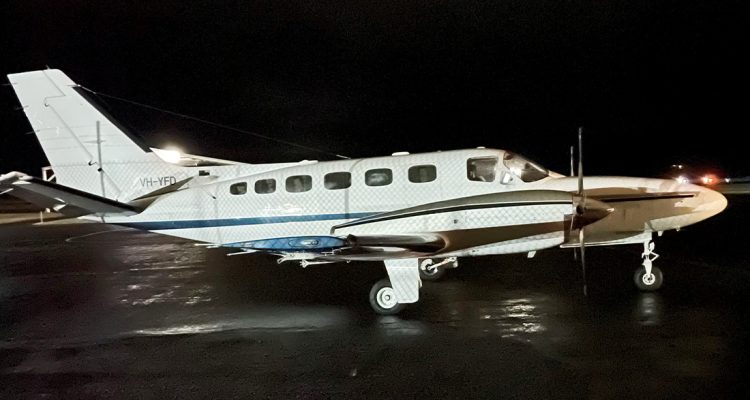The consolidation of Motion Australia’s diverse industrial businesses continues to benefit long-standing and newer customers alike. The transition aims to streamline a broad range of products and skillsets, including bearing supply, engineering, fluid power, seals, fasteners and power transmission for manufacturing, agricultural and resource sectors.
These attributes were recently highlighted for an iron ore plant in Tasmania, where Motion Australia’s Chief Engineer, Ian Duncan, worked alongside representatives of both WebsterBSC and the electrohydraulic engineering group (CMA) to go above and beyond for an extremely efficient delivery service.
“This particular site was an existing customer of various Motion Australia branches, sourcing both bearings and power transmission components,” he explains. “Luckily, I had spoken earlier this year to the team at WebsterBSC in Burnie, to discuss how we could bring together the engineering and hydraulics side of the overall business with the more traditional componentry side of things.”
According to Ian, the mining site had experienced major contamination within their lubrication system, resulting in multiple catastrophic pump failures.
“The issue was, the original manufacturer was completely out of stock,” says Ian. “I recognised the style of pump, however, and knew that similar products were available from alternative brands if we could just get them transported. We had to move quickly, because the downtime costs were reported as being $800,000 a day.”
Ian passed the job over to specialist hydraulic engineer Andrew Freeman, who was able to locate two readily available pumps with similar specifications in Sydney, however these were splined shafted, whereas the original ones had parallel shafts. To fit the new pumps Andrew required a new type of coupling hub, some of which were only stocked by a Melbourne-based supplier.
Going above and beyond to offer a solution, Andrew and Brad O’Halloran – Branch Manager at WebsterBSC Burnie proceeded to organise a charter plane out of Burnie Airport for the following day.
“The plane flew to pick up the first lot of half-couplings in Melbourne, then onto Sydney at 4:30pm for the pumps and other half-couplings,” Ian explains. “After that it made its way back to Tasmania, where Brad was waiting with a truck.”
“He drove three hours to the site with all of the items for immediate retrofitting. The pumps were up and running just after midnight, and they were incredibly pleased with our efforts.”
A subsequent site visit by Andrew and Brad determined that while the customer had been relying on an extremely high-quality lubrication system, the 10-micron filter elements needed ongoing replacement as blockage occurred. According to Andrew, the system was running fluid that was close in consistency to grinding paste, and the site had no spare filter elements on hand.
“The OEM in Germany had some – but not enough – which would take two weeks to arrive. The new pumps had already become heavily worn by the contaminated fluid after five days, so this was not going to be adequate. CMA investigated local options, and had 30 boost elements manufactured over the weekend in Sydney, which were then airfreighted to Burnie as soon as possible.”
After numerous change-outs, as they filled with contaminant, the new filter elements made a considerable impact on the fluid cleanliness, and an offer to repair the worn vane pumps was made on behalf of Hydraquip – a division of the CRAM group in Launceston.
“This is an excellent example of how Motion Australia can manifest in a joint effort that ultimately saves a large site like this from catastrophic operational downtime,” Ian resolves. “Where they would have likely been waiting months for replacement pumps, our proactive team worked collaboratively to source an alternative and have them up and running within 36 hours.”

